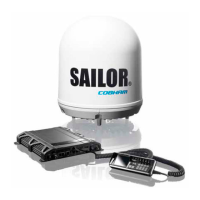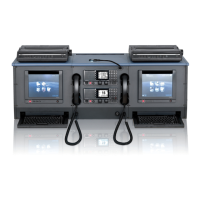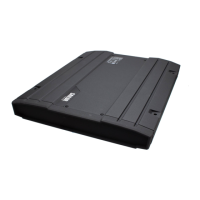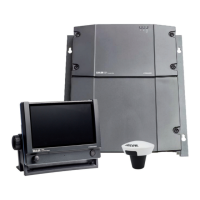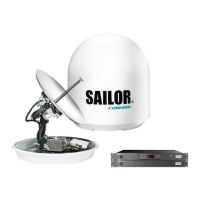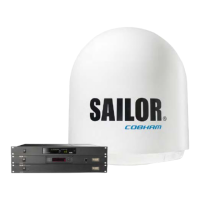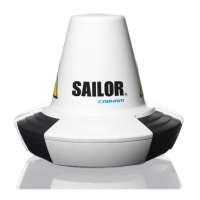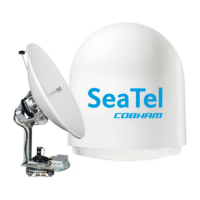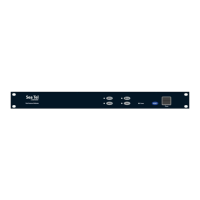What to do if COBHAM Sailor 250 FleetBroadband terminal restores factory settings and reboots the system?
- VVictoria MillerAug 8, 2025
If your COBHAM Marine Equipment terminal restores factory settings and reboots, press and hold the Reset button for 30 seconds. Keep holding it until the Power indicator on the terminal starts flashing orange.





